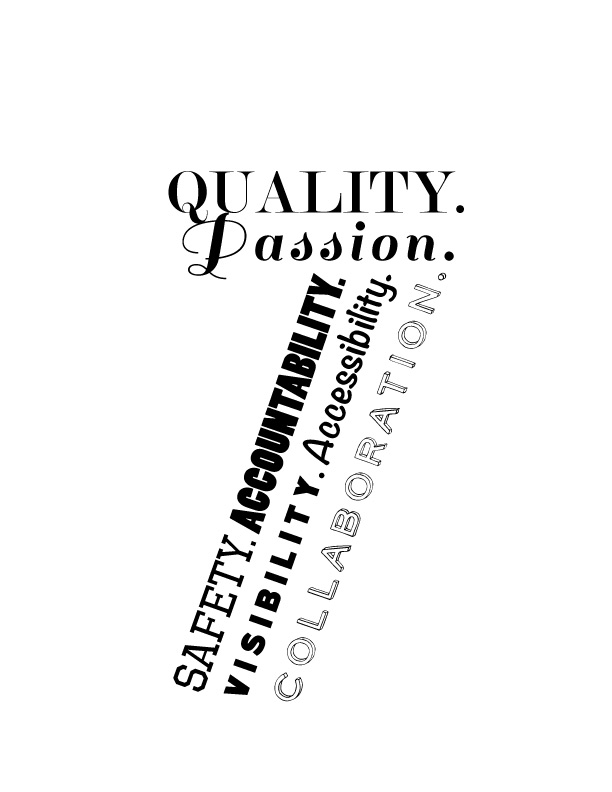How can you achieve excellence? Eric Barber, CEO of Northeast Regional Medical Center shares his tips.
By Eric Barber, with an introduction by Jaclyn Crawford
We all remember those posters we saw on the walls growing up in school: The ones with a scenic picture that read “perseverance” or “success.” Those tend to be nice wall decorations, but what if instead we took a closer look at the often overlooked qualities of achieving excellence? Would it help in our pursuit?
Excellence is more than just an individual effort. It takes a team to move forward, and a leader to get them there. In the context of health care, Eric Barber, Chief Executive Officer of Northeast Regional Medical Center and speaker at the upcoming CXO Summit (see details below), knows what it is like to do the latter.
“[Leaders] must have a vision of what excellence looks like for their organization. Secondly, they must be passionate about helping others,” Barber said. ”Otherwise, they will not be able to lead such a cultural change.”
Here Barber outlines and elaborates on his tips for leading a culture of excellence:
Passion. There must be passion at the leadership level to make the necessary changes that will lead to excellence. If you were treating a member of your family, you would be very passionate about their care, so we want our staff to treat our patients like they are part of the family.
Quality. How patients and customers perceived they were treated is your reality. Link it to customer service training, and have staff understand the importance of customer service.
Accountability. Set clear expectations for every member of the organization, and hold them accountable for achieving—or not achieving—those expectations. We owe it to every single patient who comes in to have the right people working in the organization. If certain members of the staff are not measuring up, we have to hold them accountable. In addition, the leader of the hospital has to take ownership of the problems.
Safety. It must be the foundation of everything the organization does. We should take our Hippocratic oath very seriously and make sure that while patients are in our care we do everything to keep them safe.
Visibility. When an organization is undergoing a cultural change, people need to see their leader to believe in him or her. They need to be in front of staff and patients/customers.
Accessibility. This is linked to visibility. Many hospital leaders spend too much time in their offices and not enough out and about. In our organization, we have a communication board on every patient’s wall and my cellular number is on there. Anyone can call me. That level of accessibility is important.
Collaboration. Hospitals are like a three-legged stool, with the community and patients as the one leg, the medical staff as the second leg and the employees as the third. If there is no effective collaboration between all three, the stool will fall over. All three parties must work together toward that objective of achieving excellence and shaping the culture of the hospital accordingly.


